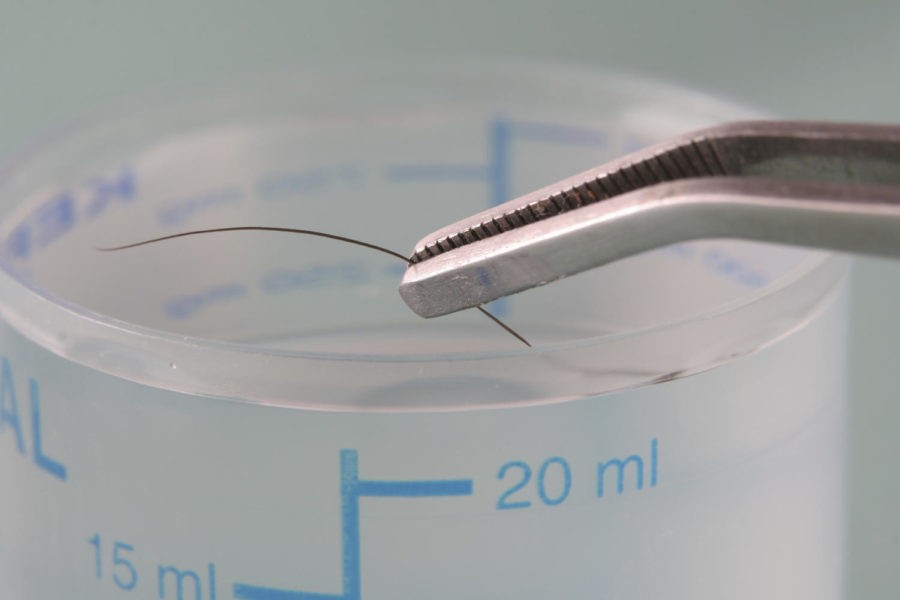Editorial: Fix the justice system
DNA evidence
April 27, 2015
In what can be listed as one of the most widespread and controversial failings of the criminal justice system in recent memory, it is now known that the FBI has been using faulty and inaccurate scientific techniques to support the conviction of 257 people from 1985 to 1999. Of those individuals, 14 have already been executed or died in prison. The Innocence Project is now working hand in hand with the Department of Justice to determine how many of the remaining convictions need to be vacated as a result of the misrepresentations of scientific evidence or the outright incorrect interpretations of “elite” FBI analysts.
More disturbing than the fact the evidence was used so often is the fact it was used, according to the New York Times, to “testify wrongly in favor of the prosecution” 96 percent of the time. So not only was the evidence incorrect, it was almost always used to put people in jail and perhaps wrongly rob them of years of (or their entire) lives. In one particular case, this crack team of FBI analysts who supported the prosecution’s claim that there was only a “10-million-to-one” chance that hairs found and sampled did not belong to the defendant, could apparently not even determine between human and canine hair.
These incorrect and widely employed findings represent a gross act of injustice that cannot be tolerated in a society that claims to value principles of liberty. As the English legal mind William Blackstone pontificated, it is “better than 10 guilty men escape than that one innocent suffer.”
The reality that these analysts were touted as “experts” and used, at least in part, to gain the conviction of hundreds of people betrays all notions of justice that we are promised when being prosecuted through the judicial system. Even if all convictions that were won through heavy reliance on hair-sample analysis are reversed and the wrongly incarcerated victims are subsequently exonerated, the damage will still not be undone. It will never be undone. Years or entire lives have been taken from people and those wrongs can never be reversed.
More damning still is the fact that it seems law enforcement agencies have been aware of these flaws with hair-sample analysis for some years, but have only now begun to act on the situation. A 2009 study from the National Research Council found that hair-sample analysis can only effectively prove that a “hair-sample ‘could’ have come from an individual.” The study also found that “several members of the committee have experienced courtroom cases in which, despite lack of a statistical foundation microscopic hair examiners have made probabilistic claims based on their experience, as occurred in some DNA exoneration cases in which microscopic hair analysis evidence had been introduced during the trial.”
That report is six years old, so why are we only having this discussion now? Why did the injustices not come to light at some earlier point and how do we fix these problems moving forward? These events have given citizens sufficient ground to have our belief in the justice system shaken. However, we must trust enough in that system to believe these incorrect findings will be reversed and what little justice can be maintained is in fact preserved.







